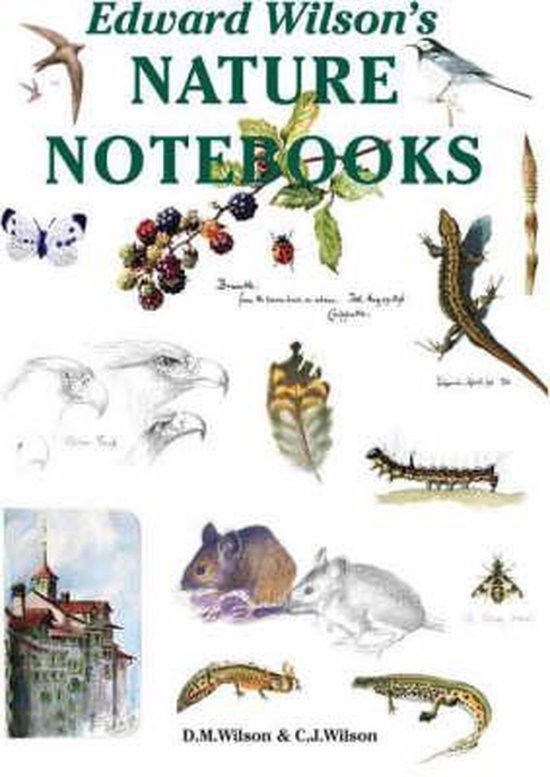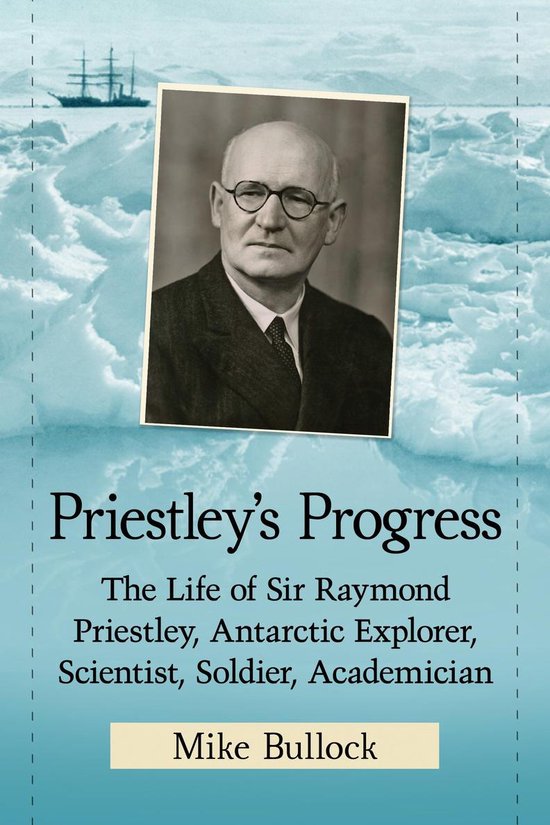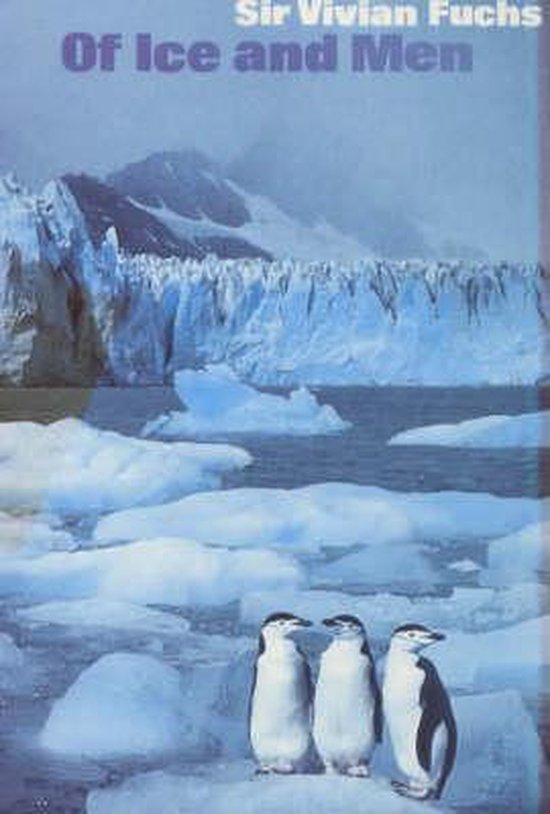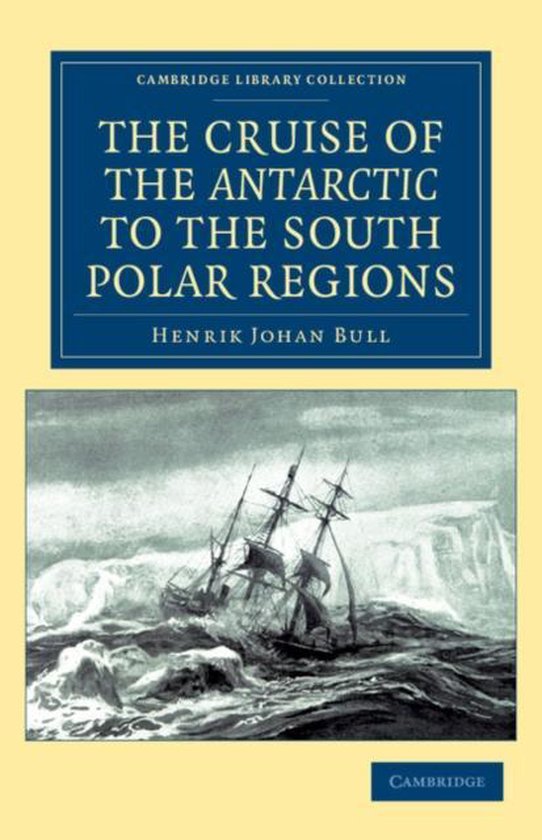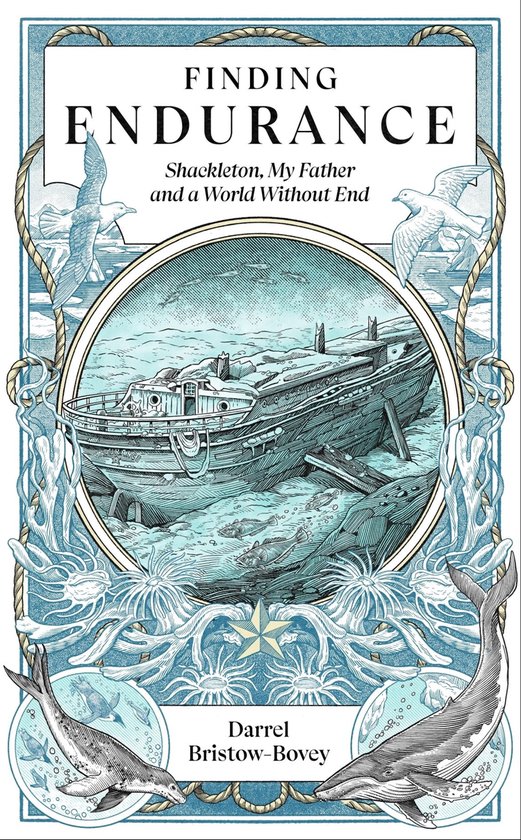
Return to Antarctica
By 1910, the Antarctic was the last place on earth that had never been explored, and British naval officer Robert Scott was obsessed that an Englishman - specifically himself - should conquer the pole. Despite being under-funded, under-equipped and unprepared, Scott sailed south in the antiquated whaling ship, Terra Nova, in what everyone assumed would be a cracking good adventure.The expedition was made up entirely of British adventurers, gadabouts and scientists, the exception being one Canadian, Charles Seymour (Silas) Wright. Born 1887 in Toronto, Charles Wright was studying physics in Cambridge when he heard Scott was looking for a physicist to join the expedition to the pole. By the time Wright inquired, Scott had chosen a physicist for the team but was short a glaciologist. Who else but a Canadian would know about glaciers? Wright became the expedition's glaciologist. Halfway through the rough passage to the Antarctic, Scott got word that a rival explorer, Norwegian Roald Amundsen, was also making a run for the pole and was close on their heels. What started out as a stroll to the South Pole became a race between two very determined and different men.Arriving at their base camp on Cape Evans in January 1911, Scott's team soon discovered they were unprepared for the Antarctic, while equipment failures and food shortages compounded the hardship. For the final race to the pole, Scott stripped the team down to four men, and Wright did not make the cut. Scott reached the geographic South Pole only to find that Amundsen had beaten them by days. Bitterly disappointed, Scott and his companions returned to base camp, but were caught in a fierce Antarctic blizzard that raged for days. Too weak to pull their sleds and out of food and fuel, they froze to death. Ironically, as if to underscore the litany of errors that dogged the expedition, they perished only a few miles from a cache of food and fuel. Next spring Wright led a search party to look for the remains of Scott and his party, and it was the sharp-eyed Wright who spotted a small patch of green on a snowy landscape - the tent containing Scott and his companions' frozen bodies.Wright returned to England and went on to do even more extraordinary things, including inventing trench wireless in WWI, and working closely with Winston Churchill, developing the technology to assist in the allied invasion of Europe in WWII which included developing the first radar installations and inventing the technology that neutralized German magnetic sea mines After a stint as naval attache to Washington, D.C., and Director of Scripps Oceanographic institute in La Jolla, California, he retired to Salt Spring Island, BC, passing away in 1975. Typically Canadian, Wright was modest about his accomplishments, with few Canadians aware of his amazing life and the extraordinary impact he had on the 20th century.
| Auteur | | Adrian Raeside |
| Taal | | Engels |
| Type | | Hardcover |
| Categorie | | Taal |
